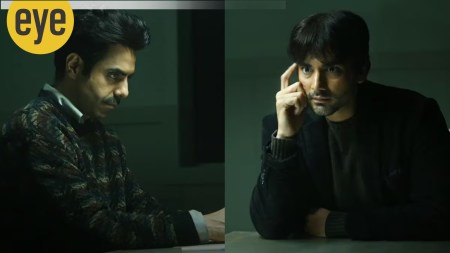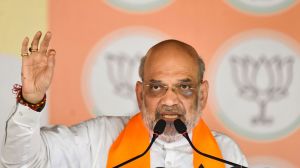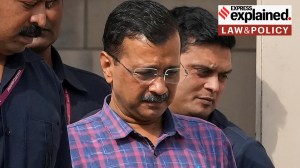- India
- International
Unnoticed, unheard: Will the ‘Accessible India’ campaign be a success?
The disabled community never becomes a significant enough vote bank in a constituency to influence the electoral candidate.
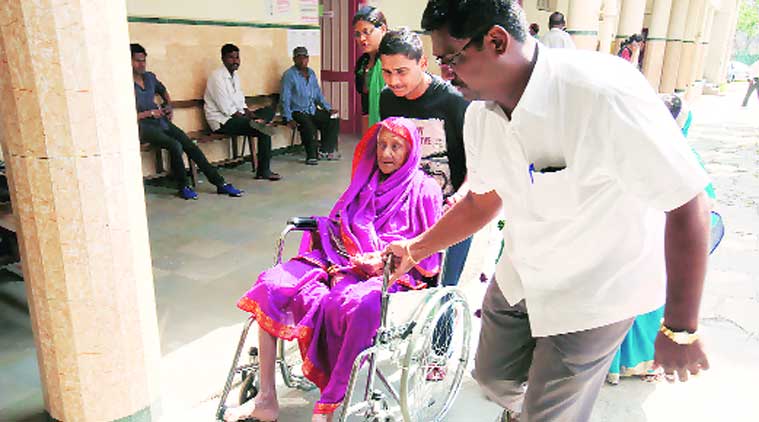 WHO, in a 2011 study, estimated that 15.3 per cent of the world’s population deals with disability of one kind or the other, India’s disabled population clearly lies somewhere between these two numbers.
WHO, in a 2011 study, estimated that 15.3 per cent of the world’s population deals with disability of one kind or the other, India’s disabled population clearly lies somewhere between these two numbers.
The Minister of Social Justice & Empowerment Thawar Singh Gehlot and Chief Minister of Maharashtra Devendra Fadnavis launched the ‘Accessible India’ Campaign for Persons with Disabilities on 24th September 2015. The campaign promises to target three verticals – Built up environment, transportation ecosystem and the information and communication ecosystem. The launch of this campaign itself is path breaking, as political parties and governments in the country have neglected the disabled. India still has an archaic and toothless 1995 disability law that hardly finds a mention in party manifestos.
Census data suggests that 2.21 per cent of India has some disability (or at least 21 million Indians). This is an under reported number because the current law accepts only seven disabilities and secondly, many families don’t declare disabled family members as there is a huge social stigma attached. The World Health Organisation (WHO) in a 2011 study estimated that 15.3 per cent of the world’s population deals with disability of one kind or the other, India’s disabled population clearly lies somewhere between these two numbers.
There are two reasons why the disabled go unnoticed and unheard. Since the disabled are often neglected – even by their families, and even when they aren’t, they struggle to make ends meet in this inaccessible country. Thus, they hardly have the financial muscle to be noticed as a community. The form of Parliamentary democracy India follows is loaded against them as a community. The disabled, unlike religious caste or regional minorities are not ghettoized in particular regions. This is because they are the only minority in this set that isn’t usually hereditary (I’m glad it isn’t!), having a horizontal identity based on lack of physical abilities in comparison to the vertical identities in the conventional minorities. It never becomes a significant enough vote bank in a constituency to influence the electoral candidate.
This is what makes it wonderful to see the government launch an ‘Accessible India’ campaign, dedicated to this forgotten community of the country. While it might be too much to expect to see India become completely disabled friendly in five years, a lot can be done to create an enabling environment.
We need a stronger law with a greater scope and strict penalties for non-implementation unlike the current persons with disabilities act 1995. In fact, India signed the United Nations Convention on the Rights of Persons with Disabilities (UNCRPD) in 2007, committing to more rights for the disabled. There have been two national elections since and there have been three Lok Sabhas, but the lower House has failed to pass a new law.

Under the ‘Accessible India’ campaign the government is targeting fifty-to-hundred government buildings in each state to make them accessible in the next one year with more to follow in the coming years. They also have ambitions towards making Airports and Railway stations accessible, and in fact make 25 per cent of government owned public transport carriers in the country fully accessible carriers by mid 2017.
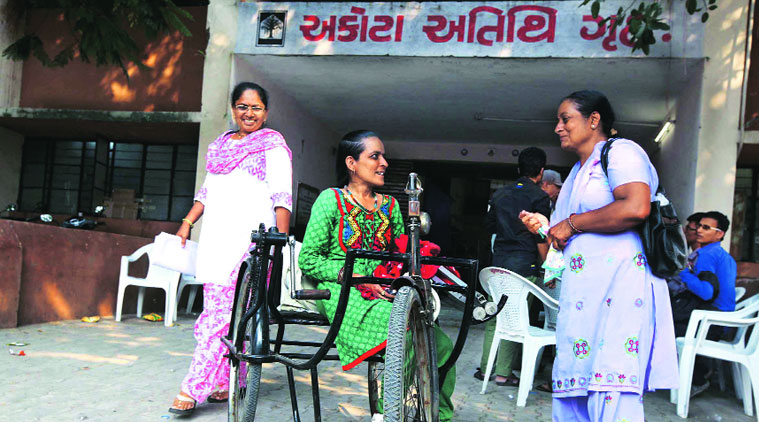 The private sector needs to be encouraged both by the GOI and the disabled community to make their products and services disability friendly.
The private sector needs to be encouraged both by the GOI and the disabled community to make their products and services disability friendly.
While this would immensely help improve the way the disabled live, I do feel that it is important to engage the private sector very proactively.
The new company law that mandates companies to spend 2 per cent of their profits on CSR provides a good opportunity to work towards the disabled. While larger corporations are being invited to adopt government buildings and make them accessible as a part of their CSR, the government could also promote organizations to make their existing premises and infrastructure accessible, with the spend on this included as part of CSR.
For all future commercial infrastructure, there might be an easy step forward to mandate accessibility. Commercial enterprises already require a completion certificate and occupation certificate from the GOI after having been constructed. These certificates are granted only after various norms are complied with, fire norms being among them. We must add a norm and create a checklist on Universal Access that must be satisfied.
The private sector needs to be encouraged both by the GOI and the disabled community to make their products and services disability friendly. Just to give a few examples – private news channels could have bulletins in sign language for the hearing impaired, radio cab companies could introduce Wheelchair Accessible Vehicles with ramps and restaurants should upload their menus on tablets with software that read them out to the visually challenged customer.
‘Accessible India’ is a great start, indicating intent to do great things for the disabled community and kudos to the government for that! However, its eventual success will depend on the level of engagement of all stakeholders in moving this campaign forward.
– Views expressed by the author are personal. He can be reached on Twitter at @nipunmalhotra
Must Read
May 11: Latest News
- 01
- 02
- 03
- 04
- 05


